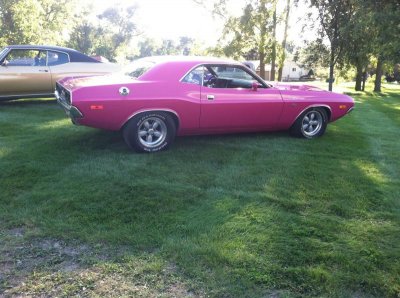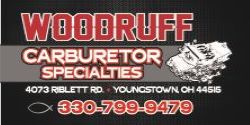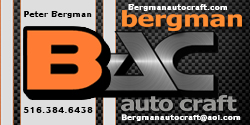turbo36
Well-Known Member
Currently, I have an American Power Train diaphragm style clutch in my 65' Belvedere II, thou I like the holding power and smoothness of engagement, it is very hard on my poor ol' arthritic, many surgeries, knee. I am looking for ways to reduce the pedal effort.
Beside going to a hydraulic clutch set up the other option would be a "weighted" type diaphragm clutch. Researching my options I see that Centerforce is claiming that their "patented" design results in less clutch pedal effort so I give them a call to see just how much less it is. Unfortunately they were not able to tell me in terms I could immediately relate to (such a % effort reduction) but they did tell me it takes 400 lbs of force to operate their pressure plate.
My questions:
1. What is the force required for a stock clutch?
2. Is 400 lbs. a lot or a little?
3. Can anyone give me a "real life experience" on this one?
thanks, Bob
Beside going to a hydraulic clutch set up the other option would be a "weighted" type diaphragm clutch. Researching my options I see that Centerforce is claiming that their "patented" design results in less clutch pedal effort so I give them a call to see just how much less it is. Unfortunately they were not able to tell me in terms I could immediately relate to (such a % effort reduction) but they did tell me it takes 400 lbs of force to operate their pressure plate.
My questions:
1. What is the force required for a stock clutch?
2. Is 400 lbs. a lot or a little?
3. Can anyone give me a "real life experience" on this one?
thanks, Bob
















